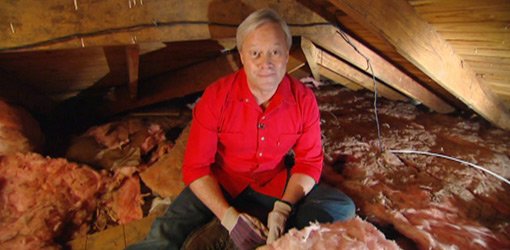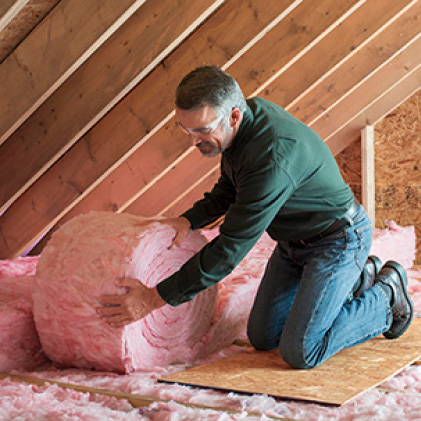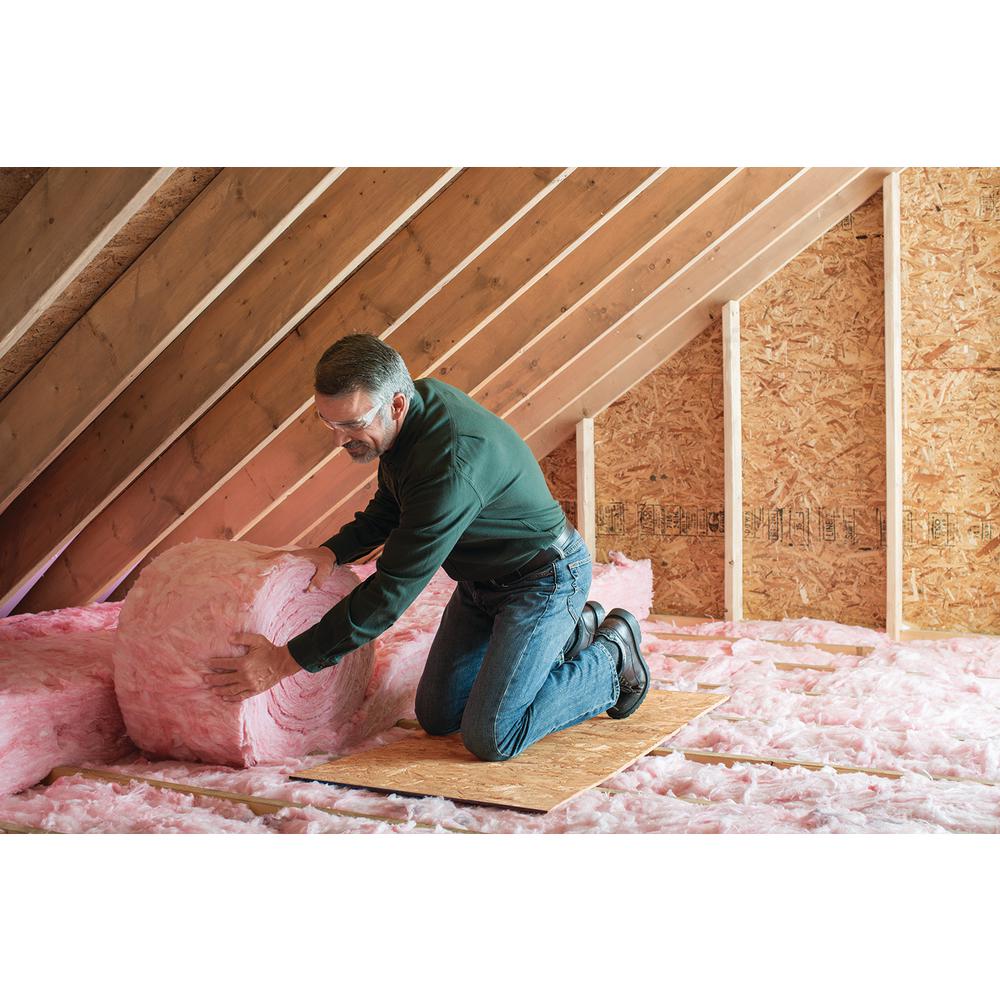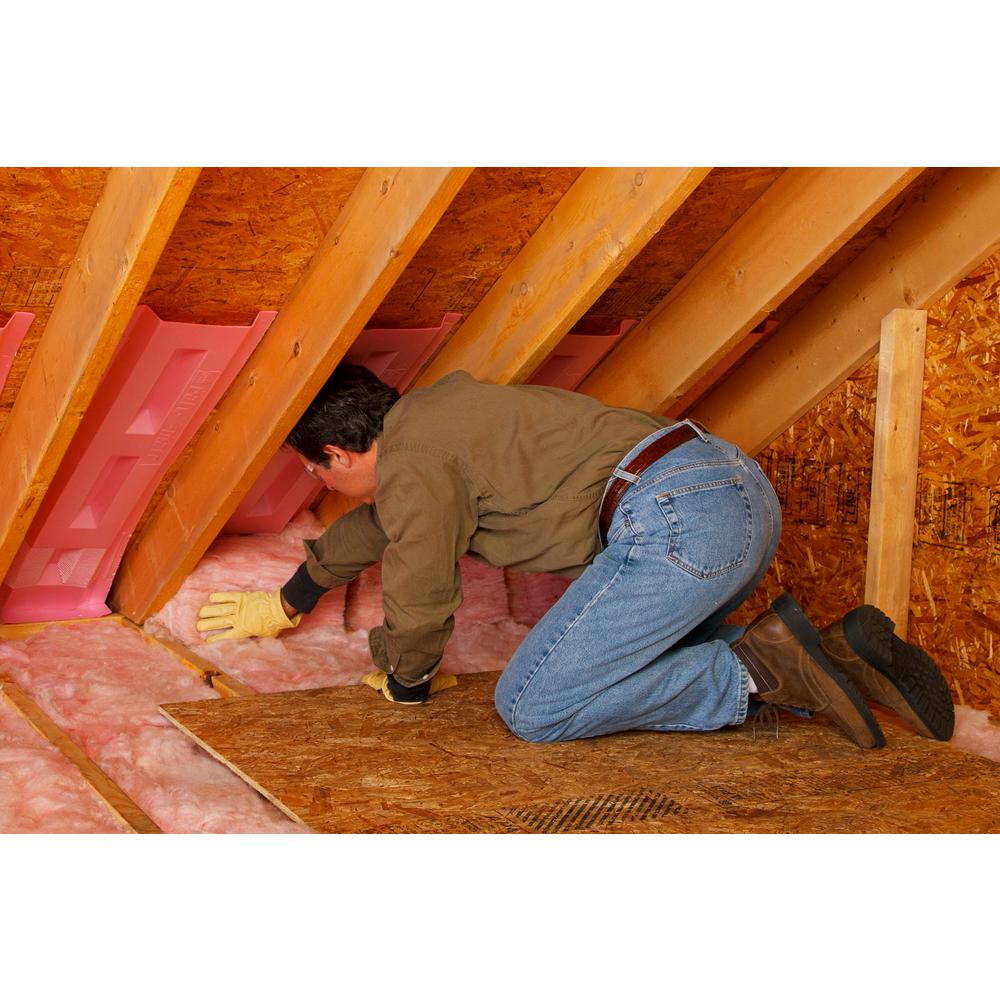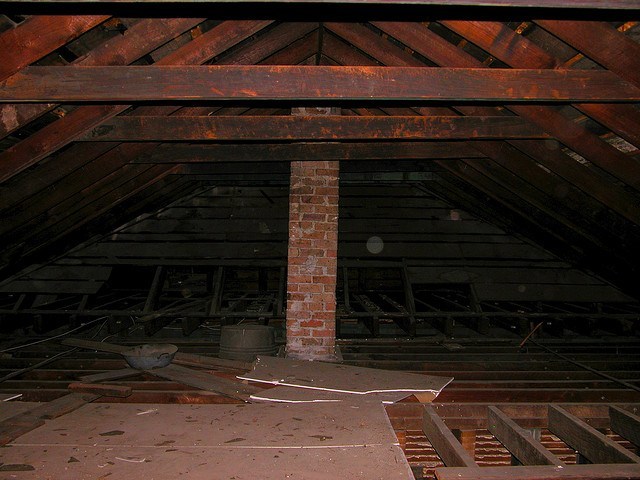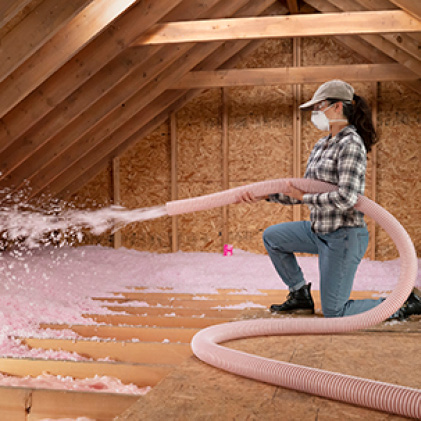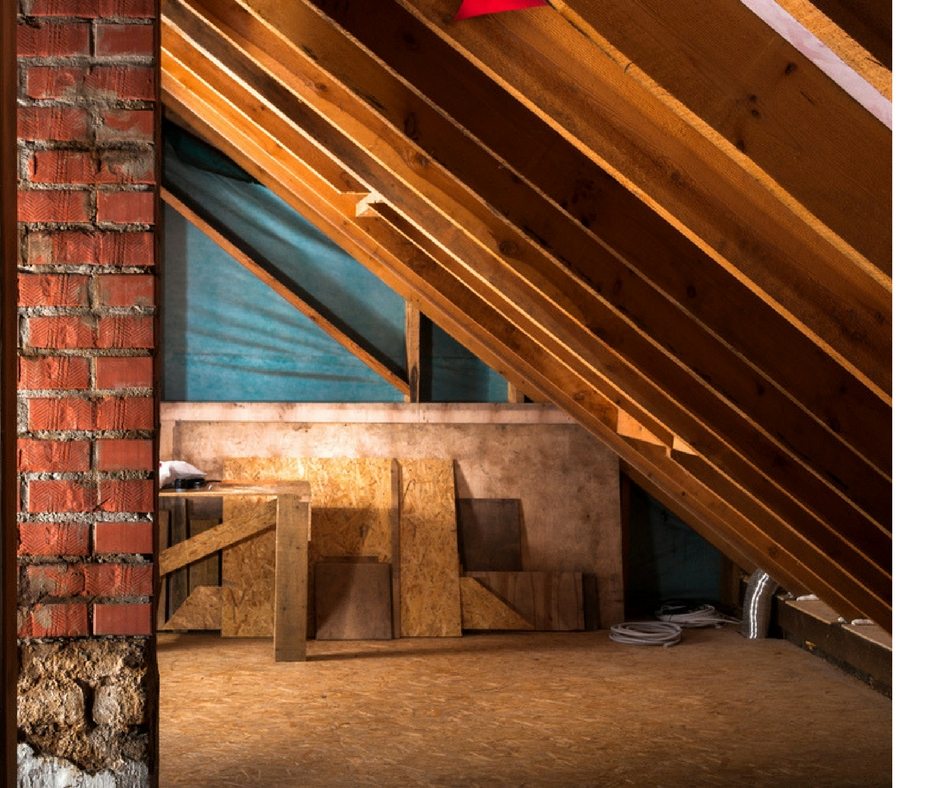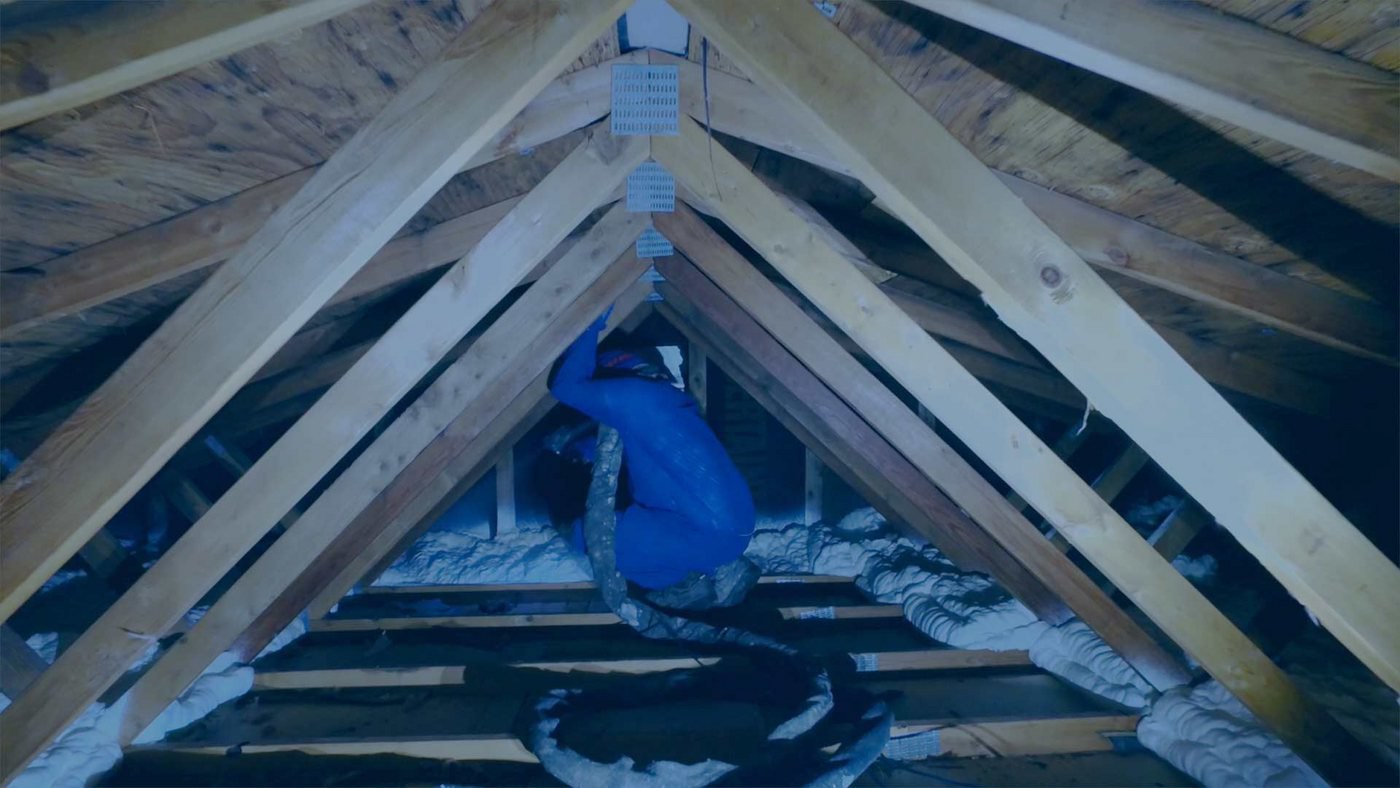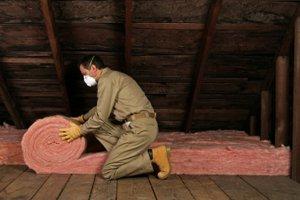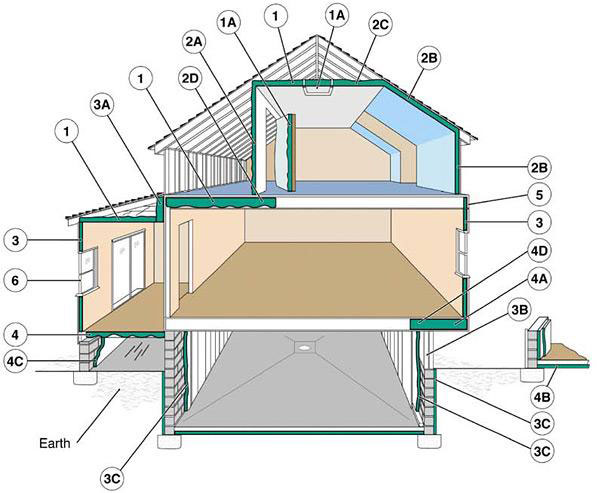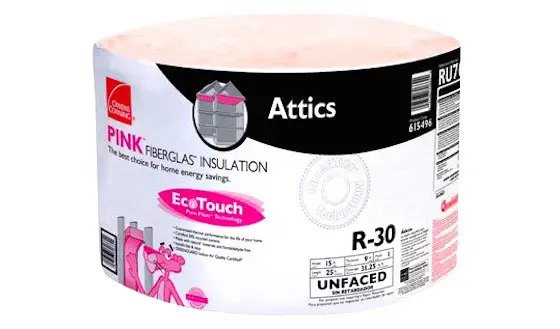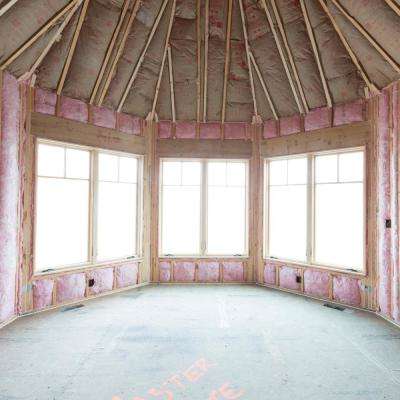Kraft faced insulation should be installed in exterior walls exterior basement walls and attic ceilings by pressing the product into the wall cavity with the paper side.
Faced vs unfaced insulation attic in florida.
For block walls interior insulation must meet or exceed r 7 8 and exterior insulation must be r 6.
Insulation in rolls called batts comes in two varieties.
On average unfaced insulation costs 0 10 to 0 25 less per square foot to install than faced insulation.
It means ensuring that it s the right product for your space.
Unfaced insulation pros.
Now here s a situation where a homeowner what looks like many years ago added insulation they added a three inch layer but.
Unfaced means the insulation lacks a vapor retarder paper or plastic facing.
The same applies to faced unfaced and other kinds of insulation products.
Unfaced insulation should be used when you re adding insulation to your attic that already has insulation.
Unfaced batt insulation is often used for beefing up the r rating with the r rating being the insulation rating scale that says how much or how effective insulation needs to be in that space.
Faced or the type with paper is typically used in first time applications such as in walls ceilings floors and in crawl spaces.
For many contractors the decision to use one kind of insulation over the other depends solely on preference rather than a by the book decision making process.
Kraft faced insulation includes a paper vapor retarder which helps prevent mold and mildew.
Any time you use a faced insulation the paper needs to be facing toward the living space.
What is the right insulation for an attic.
Summary of faced vs.
Faced insulation is a vapor retarder and may need to be used in your home depending on your local building codes.
Residential requirements for insulation are divided by the location in the home.
Unfaced batts are laid perpendicularly atop existing batts to improve heat retention and beef up the r value on the longer run.
Insulation requirements in florida.
Framed wall insulation must meet or exceed r 13.
Great for adding insulation if you re adding a layer of new insulation on top of old faced insulation unfaced is the way to go.
Ceiling insulation must be much higher at r 30 and a raised floor must be at.
Air migrates from warmer spaces toward colder spaces and insulation is designed to help prevent or at least slow that migration.
Insulation being unfaced doesn t mean it s a bad choice.


